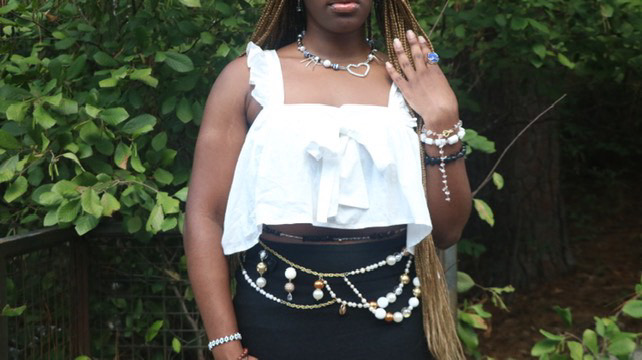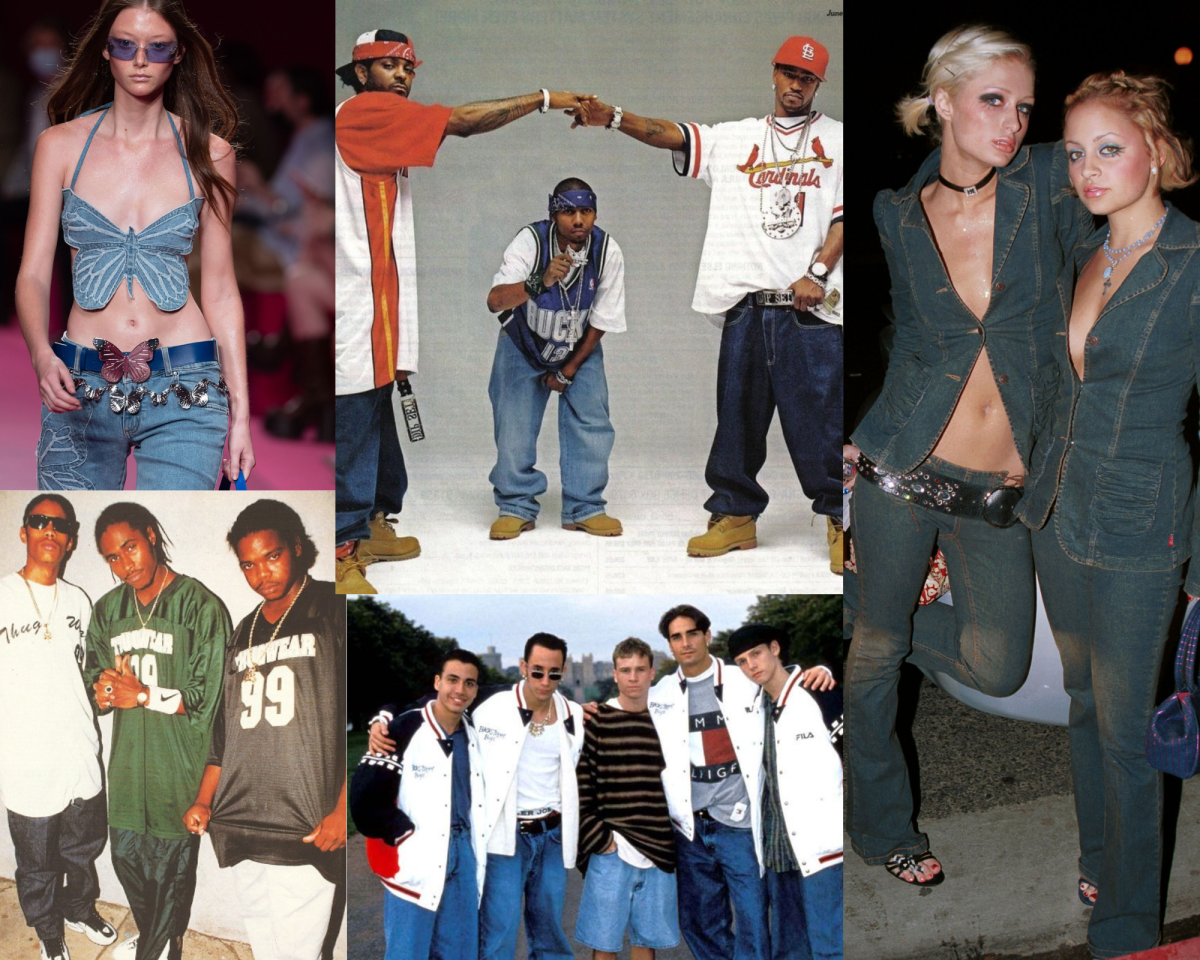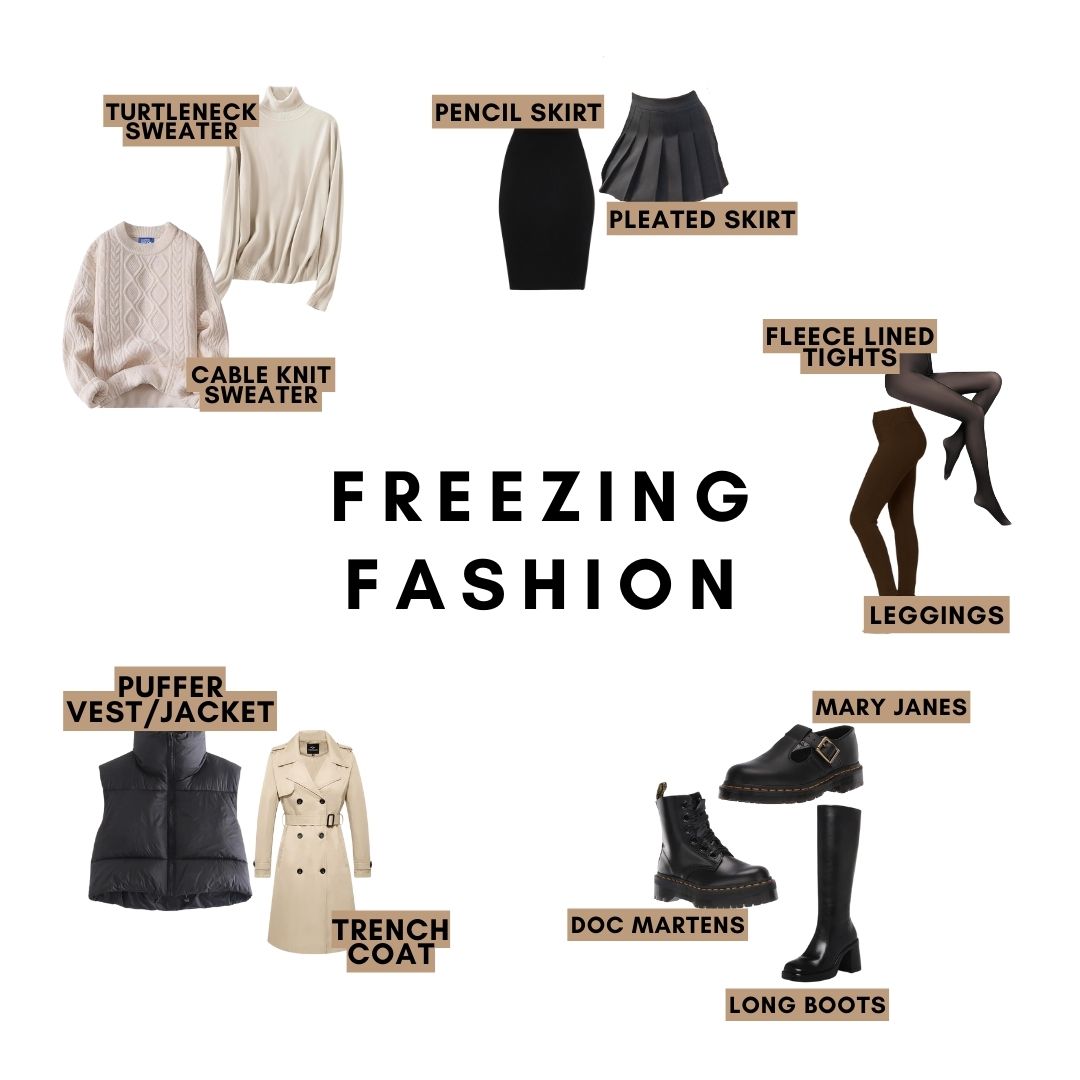Clothing, it is something that is a part of our everyday routine. We sell it, we buy it, we wear it but we rarely stop to think where these beautiful textiles draped across our bodies actually come from.
The fast fashion industry has become bigger than life, and with the high demand for new styles every week developing countries like Bangladesh are having to turn out these items as fast and cheap as possible. This leads to building codes and regulations being over looked and women and children being at risk of fires, chemical inhalations, and buildings collapsing.
Companies like Primark, which is similar to H&M and Forever 21, have had sales rise by 150 percent between 2009 and 2014. It is clear that the fashion market is doing better than ever according to economist.com.
However sustainable fashion is on the rise in the textile industry and businesses are finding new ways to make stylish clothing items sustainable and ethically friendly.
Natalia Allen, a fashion designer, worked years under engineers after she graduated the Fashion Institute of Technology to learn the ins and outs of 3D printing. Her line of dresses, which typically run around $379, are completely seamless and 3D printed.
Allen describes her textile and production factory as looking more like a science lab than a textile mill. She states how there is no one taking a nap on top of a pile of textile scraps. Instead they replaced with workers in white lab coats, and sewing machines are replaced with shiny 3D printers that are able to create a completed dress in a few hours.
“It really is quite amazing how in a few short hours you can have virtually a completed garment,” Allen said. “There is only a few items that we have to sew by hand.”
3D printing however is not the only type of sustainable fashion industries becoming more popular. Repurposing clothing is also on the rise, and Erin Irick, an assistant professor at the University of Wyoming, specializes in repurposing clothing. Irick feels, however, that the fast fashion industry still has a way to go when it comes to sustainable efforts.
“The problem with sustainable fashion right now is that it takes too long to make, and with a garment industry that is so fast paced the only solution would be for companies to slow down,” Irick said.
Some stores have started to realize that more consumers are leaning towards companies that use sustainable techniques, and are putting their own incentives for customers to make more conscious decisions when it comes to purchasing clothing. For example you can return old clothes to H&M for a coupon, and Urban Outfitters has their own line of vintage/repurposed clothing line called Urban Renewal.
However with no sustainability standards put into place for these companies it is hard to tell how big of a sustainable impact they are making.
“Since H&M started the coupon for returning clothing I have been doing that,” said senior fashion merchandising major Cara Sims. “I am also taking a class this semester where we learn about the poor conditions in these textile mills, so it is nice to see the textile industry changing.”
Solar panels, electric cars and wind power are huge topics in sustainable lifestyle, and fashion should be too.
Feature Image courtesy of Natalia Allen
Categories:
A look into Sustainable Fashion
December 7, 2016
0




